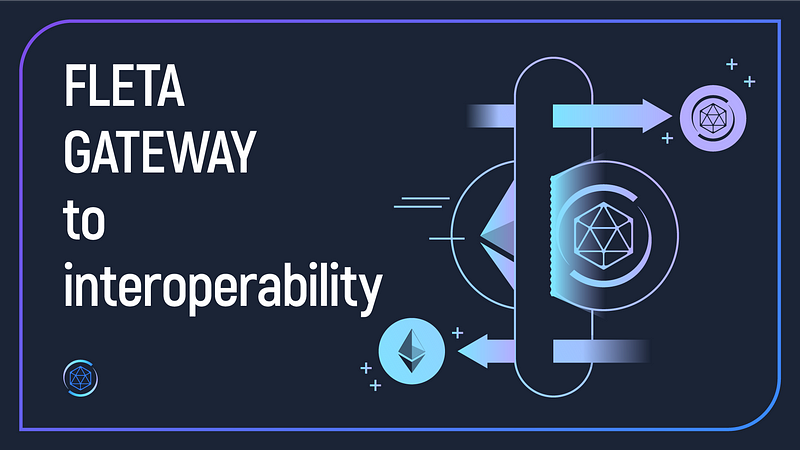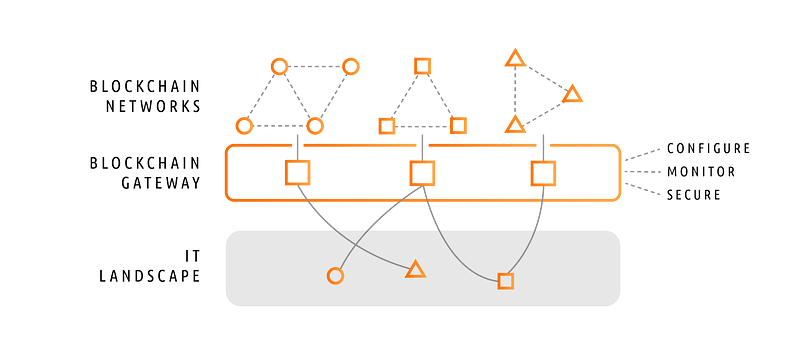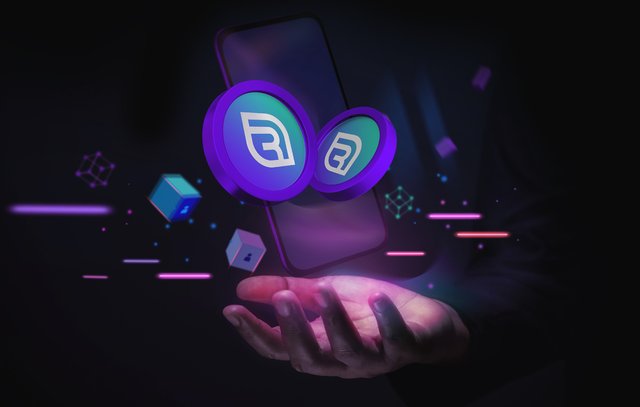When people talk about the burning issues in the crypto ecosystem, they usually bring up two topics repeatedly:
- Scalability.
- Interoperability.
The scalability issue has been discussed at length before, so today, we are going to focus on interoperability.
What is Interoperability and why do we need it?
In simple terms, interoperability is the ability of systems or software to exchange and make use of information among themselves. Interoperability has long been considered the hallmark of existing computer systems. Eg. You can open the same Microsoft Windows file on both Windows and Mac. Imagine how inconvenient it would have been if you were not allowed to do so.
Interoperability in the blockchain space
Let’s look at the state of the current ecosystem. We have a myriad of different blockchains out there. However, all these blockchains have formed decentralized silos within their own ecosystems. Eg. Suppose Alice has Ether and Bob has Bitcoin Cash, it is tough hard for them to transact with each other unless they go through an exchange. Similarly, it is near impossible for two Dapps belonging to two different platforms, say Ethereum and EOS, to interact with each other.
So, if we were to quantify everything, why is it essential for the blockchain space to attain interoperability?
- Interoperability between different blockchain systems will create true decentralization and proper flow of tokens and data.
- You can observe and access information across various blockchain systems without interoperability.
- Will promote the development of more cross-chain projects and open up a whole new array of possibilities for innovation.
- Interoperability will also reduce exposure to centralized entities. As we have said before, the most common way for two tokens to interact with each other is through an exchange. Since a vast majority of exchanges are centralized, they become automatically vulnerable.
- Interoperability will also be critical in enriching a Dapp’s ecosystem with diverse functionality. Imagine a Dapp that can utilize the best functions of multiple smart contract platforms to leverage the best possible results.
Now that we know why interoperability is important, let’s move on to the next point. How exactly do we implement interoperability?
What is a Gateway?
When it comes to telecommunications, a gateway is a piece of networking hardware that allows data to flow from one discrete network to another. What separates gateways from routers or switches is that they communicate using more than one protocol and can operate at any of the seven layers of the open systems interconnection model (OSI).
So what is a blockchain gateway?
A blockchain gateway is a software/node/platform which allows for the integrations of multiple blockchain networks. Think of them as a portal that will enable users to transition from one platform to another seamlessly. Because they serve such a critical function, the gateway needs to have high scalability, availability, robustness, manageability, and low latency.
Along with this, there is one more area where gateways can be extremely helpful.
Mainnet Swaps
Many projects usually start out on a platform like Ethereum or Neo to use their token standards or as a way to gather funds, and to generate interest. When their mainnet is ready, they need to migrate their tokens from the existing platform to their new network. In the process, they need to move their existing tokens as well. This can be a precarious process and the time and money expenses are usually high.
FLETA Gateway System
FLETA provides a gateway system which users and projects can use to experience a seamless transition between various networks. FLETA’s novel proof-of-formulator consensus mechanism ensures that the system is scalable, has low latency, and high availability. FLETA’s gateway system will allow projects to use FLETA’s service chain which is both faster and cheaper. This gateway system will allow projects to stay in their mainnet while still using the original ERC-20 token for exchange purposes. This helps negate any risk that may come along with the token migration process. Plus, projects have the freedom to set the transactions for free so that users can use the chain without any expenses.
Conclusion
FLETA’s gateway system has been built to ensure interoperability between projects and to aid others during their mainnet swap. FLETA believes that this functionality will bring great utility into the blockchain. Seeing how scalability and interoperability are both significant needs of the hour, it is not hard to see why not.
To learn more about the FLETA project, check the links below Web site = http://www.fleta.io/ White Paper = https://www.fleta.io/download/190410_FLETA_Buisness_Whitepaper_ENG_Web.pdfTechpaper = https: //www.fleta .io / download / 181024-TechWhitepaper_EN_V2-web.pdf Github = https://github.com/fletaio Medium = https://medium.com/fleta-first-chain Telegram = https://t.me/FLETAofficialGroup Twitter = https://twitter.com/@fletachain



Tidak ada komentar:
Posting Komentar